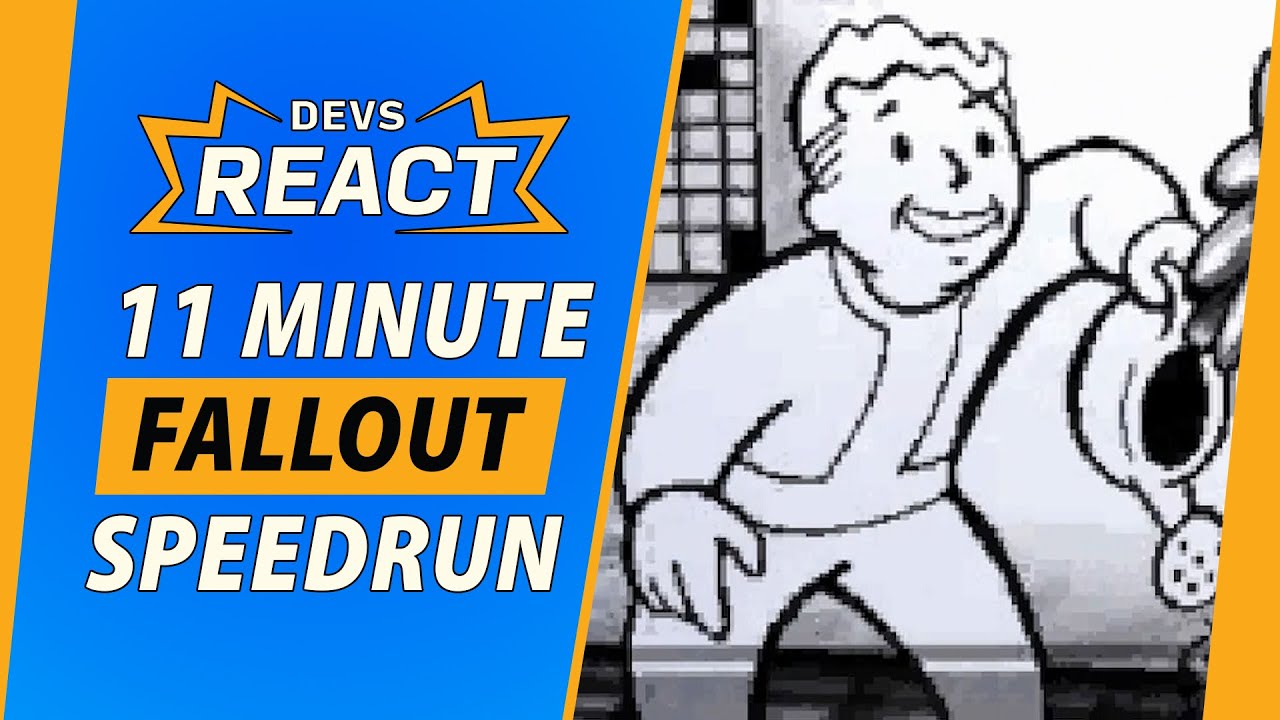As seen on New Minecraft Servers
#Eracraft
Eracraft is a themed SMP! We wanted to create a brand new community and a brand new concept! One where players are able to write their stories through time! We’ve got some quality of life changes so we’re semi-vanilla. Come and join us! We try and get server events happening every week.. this weekend is the ender dragon fight! We launched on March 1st!
Discord Link: https://discord.gg/qSPf5XBmdW

Concept:
Seasons will be 8 months minimum! The season will be split into 7 eras. With some sub-eras! These eras are a general theme for builds and player interactions. Eras will progress and change over IRL time! Every Era has a certain length of time IRL. Depending on the Era, some last longer than others. Write your story through history!!
Due to the nature of the server being a themed SMP, the server will be completely survival for all players. Instead of there being separate worlds for resources and such, everything will be in one world.
The map will expand with every “Era” the server passed through. The dynmap will only expand to cover a place when a player has explored it. In the first Era, the pre-historic Era, the map will be limited to 1,500×1,500. The dynmap will automatically cover the initial pre-historic Era. But for areas to appear on the map after.. they must be explored by players! The initial starting region is essentially the main island on the map.
Timeline:

-
Prehistoric Era (5 days):This era spans from the emergence of Homo sapiens around 300,000 years ago to the development of writing systems around 5,000 years ago. It includes the Stone Age, Bronze Age, and Iron Age, characterized by early human development, toolmaking, and the transition to settled societies.
-
Ancient Era(14 days):Beginning with the development of writing systems around 5,000 years ago, this period encompasses the rise and fall of ancient civilizations such as Mesopotamia, Egypt, Greece, Rome, and the Indus Valley civilizations. It extends until the fall of the Western Roman Empire in 476 CE.
-
Medieval Era(4 weeks): Following the fall of the Western Roman Empire, this era includes the Middle Ages, characterized by feudalism, the rise of Christianity, the Byzantine Empire, the Islamic Golden Age, and the Crusades. It spans roughly from 476 CE to 1453 CE, marking the fall of Constantinople.
-
Early Modern Era(5 weeks month)This era begins with the Renaissance in Europe, marking a period of cultural, intellectual, and artistic rebirth. It encompasses the Age of Discovery, the Protestant Reformation, the Scientific Revolution, and the beginnings of globalization. This period lasts from roughly 1453 CE to the late 18th century.
Under Era: Steampunk (Last 3 weeks of the Era)

-
Modern Era(7 weeks):The modern era includes the Industrial Revolution, the French and American Revolutions, the rise of imperialism, nationalism, and the spread of democracy. It extends from the late 18th century to the end of World War I in 1918.
-
20th Century(8 weeks)This period covers the tumultuous events of the 20th century, including World War II, the Cold War, decolonization, technological advancements, and significant social and cultural changes. It spans from 1918 to the late stages of the 20th century in the 1960s.
-
Contemporary Era(5 weeks):This era begins in 1970. Space exploration and the 21st and continues to the present day, marked by globalization, rapid technological advancements, environmental challenges, political shifts, and ongoing social changes.





















